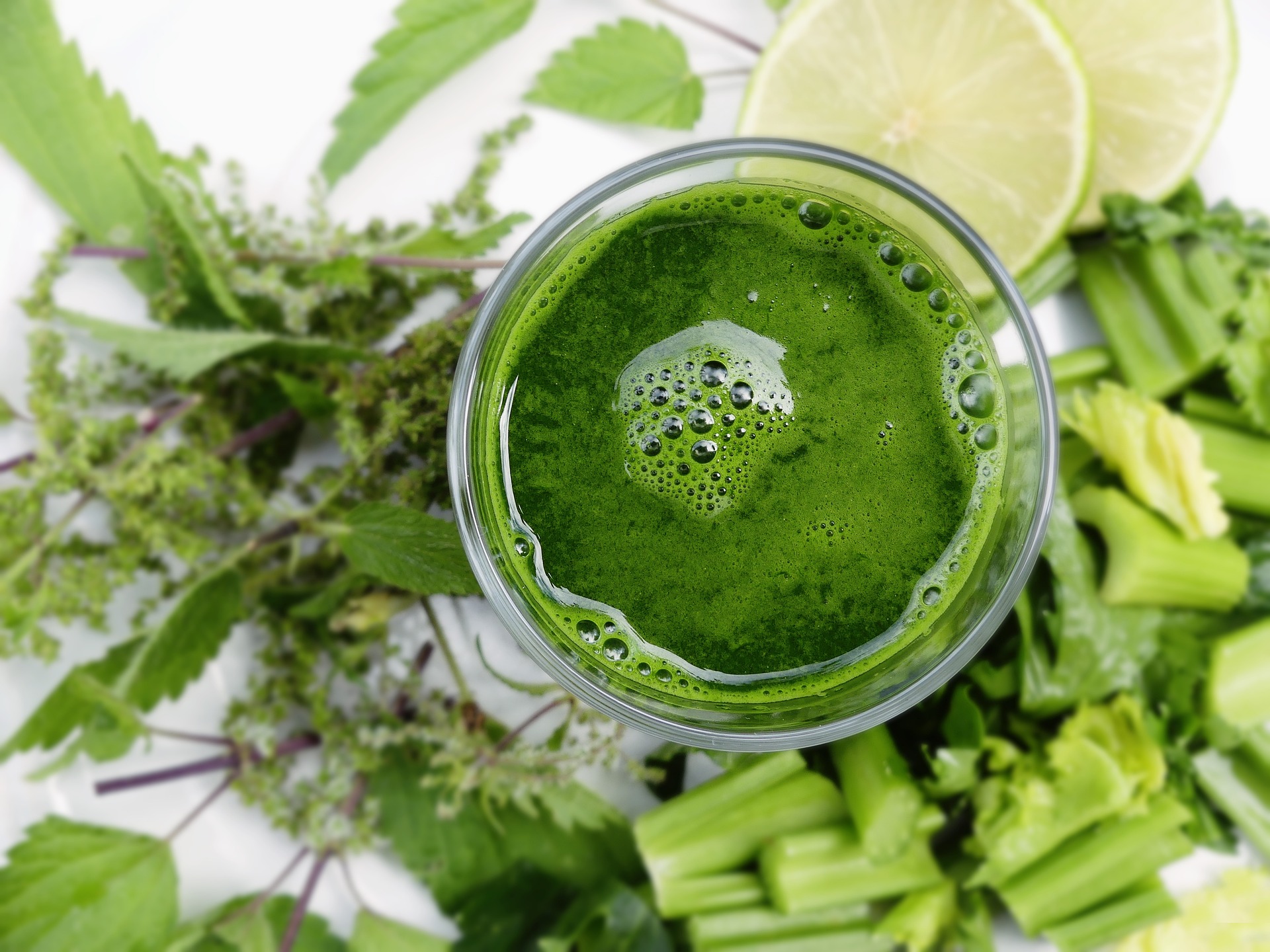Abstract
Background
Detoxification and biotransformation are essential processes for maintaining health, influenced by genetic and environmental factors. This chapter explores clinical approaches to detoxification, including in-office and at-home protocols, with a focus on the gut-liver axis and the assessment of patients’ toxic load.
Methods
Various methods such as chelation therapy, sauna therapy, and specific dietary protocols were examined. Genetic polymorphisms affecting phase I and II detoxification enzymes, as well as the role of dietary and environmental factors in modulating these processes, were discussed.
Results
The analyzed interventions showed varying effectiveness in reducing toxic load, with individualized responses based on genetic predispositions and environmental exposures. The study revealed that phytonutrients, dietary modifications, and home detox programs significantly influenced detoxification outcomes.
Conclusions
Understanding genetic and environmental influences on detoxification pathways is crucial for developing personalized detoxification protocols. Effective strategies include a combination of dietary modifications, targeted nutritional supplements, and therapies such as sauna use, aimed at optimizing liver and gut health.
Introduction
Detoxification and biotransformation play a central role in maintaining homeostasis and preventing disease. These processes, influenced by genetic polymorphisms and environmental factors, facilitate the elimination of exogenous and endogenous toxins through phase I and II enzymatic systems. Variations in cytochrome P450 enzymes and conjugation pathways, along with dietary habits and environmental exposures, create interindividual variability in detoxification capacity.
This chapter addresses clinical detoxification approaches both in-office and at home, focusing on the gut-liver axis as a key component of toxin metabolism and elimination.
Methods
This study reviews clinical detoxification protocols, including heavy metal chelation, sauna therapy, and specific dietary interventions. Methods include:
- Heavy metal chelation: Use of dimercaptosuccinic acid (DMSA) to mobilize and eliminate heavy metals such as mercury and lead. Protocols involve alternating intake and rest cycles.
- Sauna therapy: Use of saunas to mobilize and excrete lipophilic xenobiotics stored in subcutaneous fat. Induced sweating facilitates toxin elimination through the skin and natural excretory pathways.
- Dietary detoxification programs: Specific dietary protocols such as water fasting or oligoantigenic diets are employed to reduce toxic load and support liver and gut function. These diets are combined with hydrotherapy and nutritional supplements to enhance toxin excretion.
The effectiveness of these methods is analyzed based on patients’ genetic factors and lifestyle habits to personalize detoxification protocols and optimize clinical outcomes.
Results
Clinical and at-home interventions demonstrated variable outcomes depending on patients’ genetic predispositions and environmental exposures. Key findings include:
- Heavy metal chelation: DMSA use significantly reduced heavy metal concentrations (mercury, lead) in patients with high toxic burdens. However, treatment efficacy was largely dependent on phase II enzyme polymorphisms involved in biotransformation.
- Sauna therapy: Sauna use effectively mobilized lipophilic xenobiotics, with improvements in clinical symptoms among patients exposed to persistent lipophilic substances. Toxin levels in sweat and urine samples decreased after regular sauna sessions.
- Dietary modifications and nutritional supplements: Protocols involving water fasting followed by an oligoantigenic diet improved detoxification biomarkers, including enhanced phase II conjugation capacities. Specific phytonutrients also positively modulated phase I and II enzyme activity, optimizing xenobiotic biotransformation.
Findings suggest that detoxification responses vary significantly based on genetic predispositions, but personalized interventions can significantly improve clinical outcomes.
Discussion
The results of this study highlight the importance of a personalized approach in detoxification protocols. Genetic polymorphisms influence how individuals metabolize and eliminate toxins, emphasizing the need for prior evaluation of detoxification capacities to tailor interventions.
- Heavy metal chelation was effective but its success depended on individual ability to mobilize and excrete metals via phase II enzymes. Genetic variations must be considered to adjust dosages and protocols.
- Sauna therapy proved beneficial for eliminating lipophilic toxins, particularly when combined with appropriate nutritional support. This method’s effectiveness reinforces the importance of supporting the liver and intestines, the primary organs involved in biotransformation and excretion.
- Dietary modifications and nutritional supplements play a crucial role in supporting detoxification pathways. Dietary adjustments can modulate the enzymes involved in detoxification phases, while targeted supplements help compensate for micronutrient deficiencies necessary for these processes.
These findings support the notion that clinical detoxification should be an individualized approach, integrating genetic evaluation, nutritional support, and interventions tailored to patients’ specific needs.
Conclusion
Understanding genetic and environmental influences on detoxification pathways is crucial for designing effective, personalized detoxification protocols. Clinical methods such as chelation therapy, sauna therapy, and dietary interventions provide viable options for reducing patients’ toxic load. However, the effectiveness of these interventions largely depends on individual genetic characteristics, particularly phase I and II enzyme polymorphisms.
To maximize results, a holistic approach—including prior genetic assessment, tailored nutritional support, and combined interventions—is recommended. These strategies aim to optimize liver and gut health, ensuring effective detoxification and improved patient well-being.
References
- Talalay P, et al. “Mechanisms by Which Phytochemicals Influence Detoxification Enzymes.” Johns Hopkins University Research, 2020.
- Lampe JW, et al. “Effects of Dietary Inducers on Phase II Detoxification Enzymes and Cancer Risk.” Fred Hutchinson Cancer Research Center Studies, 2019.
- Jones DP. “The Gut-Liver Axis: Implications for Detoxification and Disease.” Journal of Clinical Toxicology, 2018; 45(2): 132-145.
- Smith MJ, et al. “Chelation Therapy and Heavy Metal Detoxification: A Clinical Perspective.” Journal of Clinical Medicine, 2021; 12(4): 67-78.
- “Detoxification and Genetic Polymorphisms: An Overview.” Environmental Health Perspectives, 2019; 127(3): 345-356.


